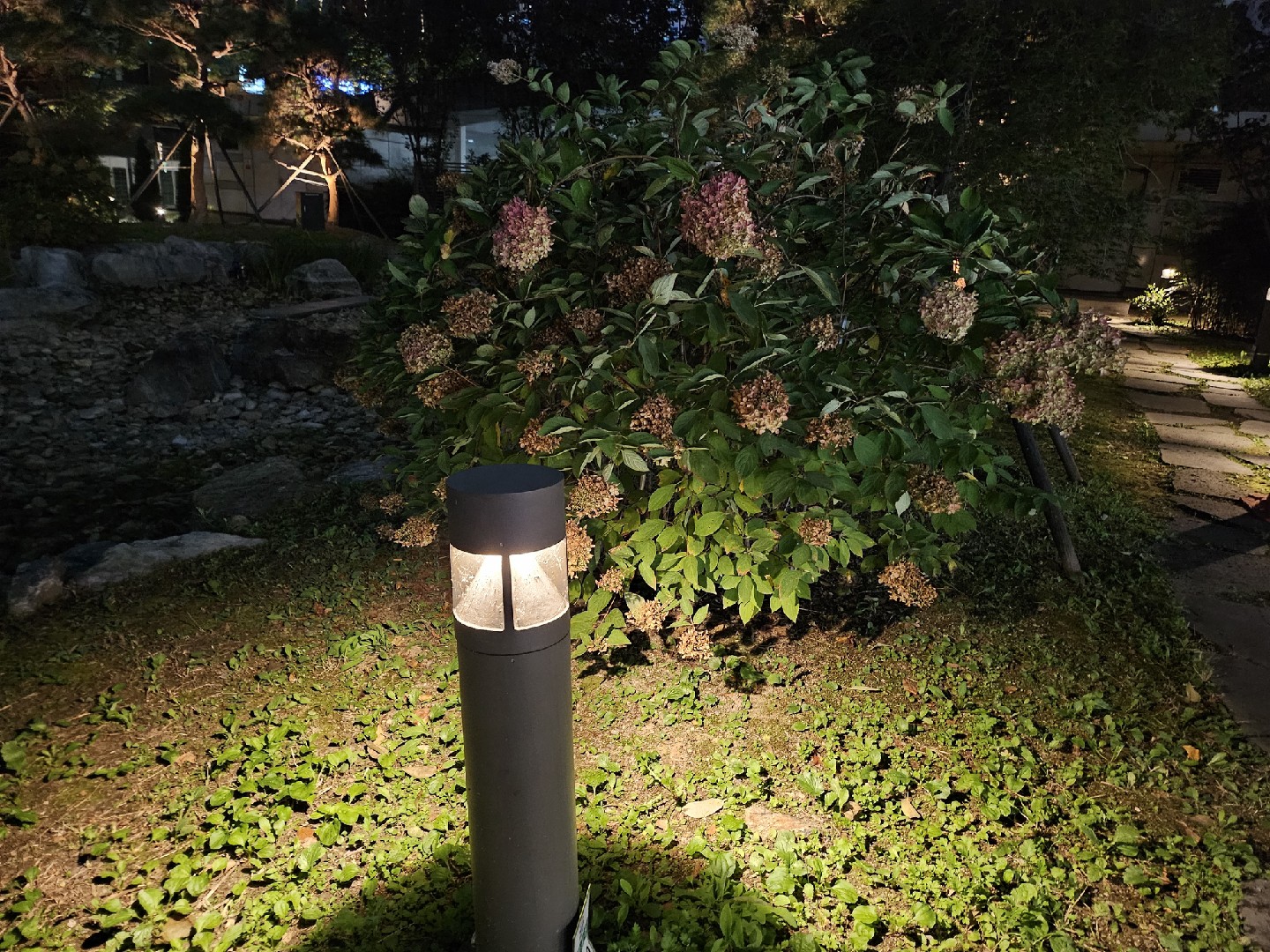![Rectangle]()
Lighting Techniques to Maximize Depth
When it comes to illuminating small spaces, choosing the right lighting techniques can make all the difference in creating a sense of depth and spaciousness. By strategically placing lights and using various lighting techniques, you can visually expand the space and make it feel larger than it actually is.
One of the most effective lighting techniques to maximize depth is up-lighting. This technique involves placing lights at the base of trees, shrubs, or other architectural features to cast light upwards. This creates a beautiful effect by highlighting vertical elements and drawing the eye upwards, making the space appear taller and more open. Up-lighting can be particularly effective in small gardens where there is limited horizontal space.
Another technique that can add depth to a small space is down-lighting. This involves placing lights at a higher elevation and aiming them downward. Down-lighting creates a soft, diffuse light that mimics the effect of natural moonlight. By casting gentle shadows on the ground and surrounding objects, down-lighting can create a more immersive and multidimensional experience.
In addition to up-lighting and down-lighting, shadowing is another technique that can enhance the perceived depth of a small garden. Shadowing involves using lights to cast shadows on walls, fences, or other surfaces. By playing with light and shadow, you can create the illusion of depth and texture, giving the space a more visually interesting and dynamic appeal.
Silhouetting is yet another lighting technique that can be used to maximize depth in small spaces. This technique involves placing lights behind objects to create a dark silhouette against a brighter background. Silhouetting can add a sense of drama and depth to your garden by highlighting the outlines and shapes of plants or other focal points. It can be particularly effective when used to backlight architectural elements, such as trellises or statues.
In order to achieve a three-dimensional effect and create the perception of a larger space, it's important to use layered lighting. This involves combining different lighting techniques and placing lights at various heights and angles. By layering lights, you can create depth and dimension, making your small garden feel more spacious and inviting.
Lastly, it's crucial to consider the illumination of pathways, thresholds, and features in your small garden. By strategically placing lights along walkways and near entrances, you not only provide a practical source of illumination, but also guide the eye and create a sense of depth. Additionally, highlighting specific features, such as a waterfall or a sculpture, can draw attention and add interest to your small garden.
In conclusion, by employing the right lighting techniques, you can maximize depth and create a visually captivating experience in small garden spaces. Whether it's through up-lighting, down-lighting, shadowing, silhouetting, or a combination of these techniques, the key is to experiment and find the right balance that enhances the overall aesthetic and functionality of your garden. So go ahead, get creative with your lighting choices, and transform your small garden into a stunning oasis that feels much larger than it actually is.





